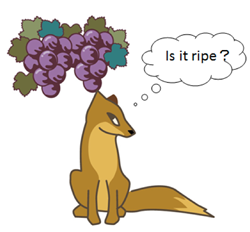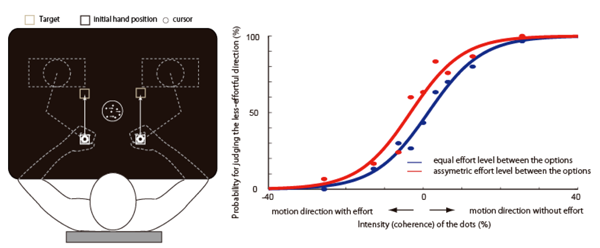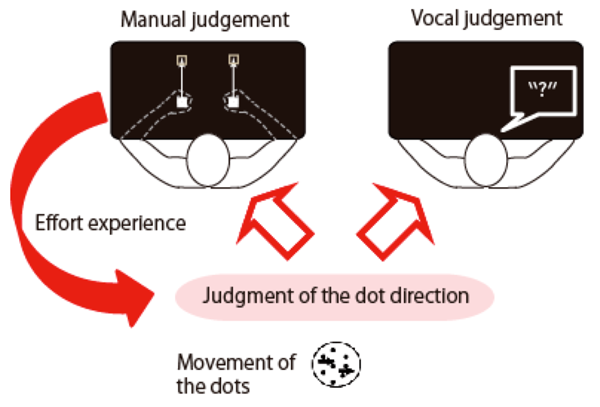Human volunteers judged whether a cloud of dots moved to the left or to the right of a computer screen. They expressed their decisions by moving a handle held in the left or right hand respectively. When the researchers gradually added a load to one of the handles, making it more difficult to move, the volunteers’ judgements about what they saw became biased, and they started to avoid the effortful response. Crucially, the participants did not become aware of the increasing load on the handle: their motor system automatically adapted, triggering a change in their perception also. Nobuhiro Hagura, who led the team, said “The tendency to avoid the effortful decision remained even when we asked people to switch to expressing their decision verbally, instead of pushing on the handles. The gradual change in the effort of responding caused a change in how the brain interpreted the visual input. Importantly, this change happened automatically, without any awareness or deliberate strategy to change behaviour. Traditionally, scientists have assumed that the visual system gives us perceptual information, and the motor system is a mere downstream output channel, which we can use to express the decision of what we saw, but cannot influence the decision itself. Our experiments suggest an alternative view: the motor response that we use to report our decisions can recursively influence the decision about what we have seen”.









































